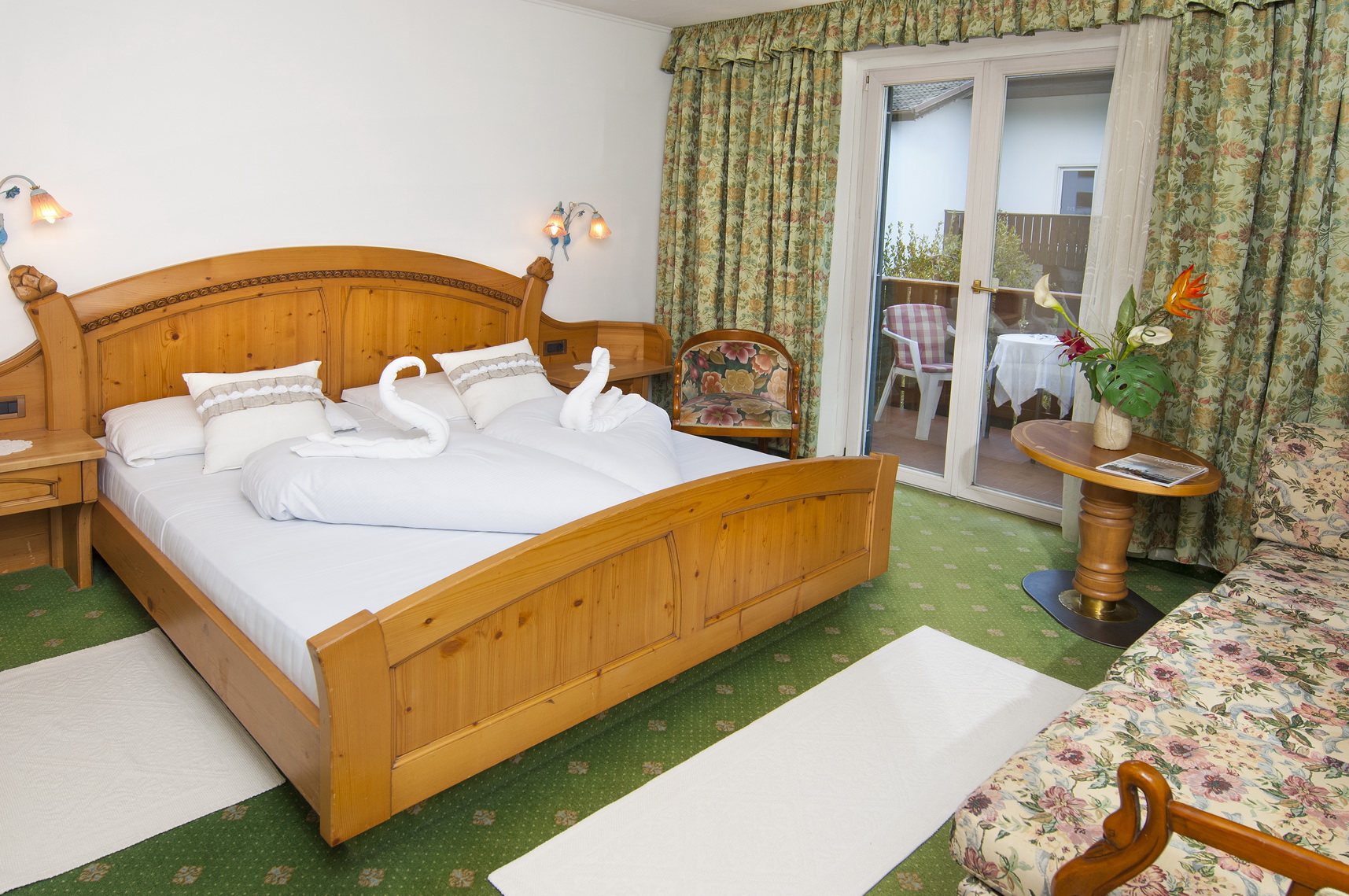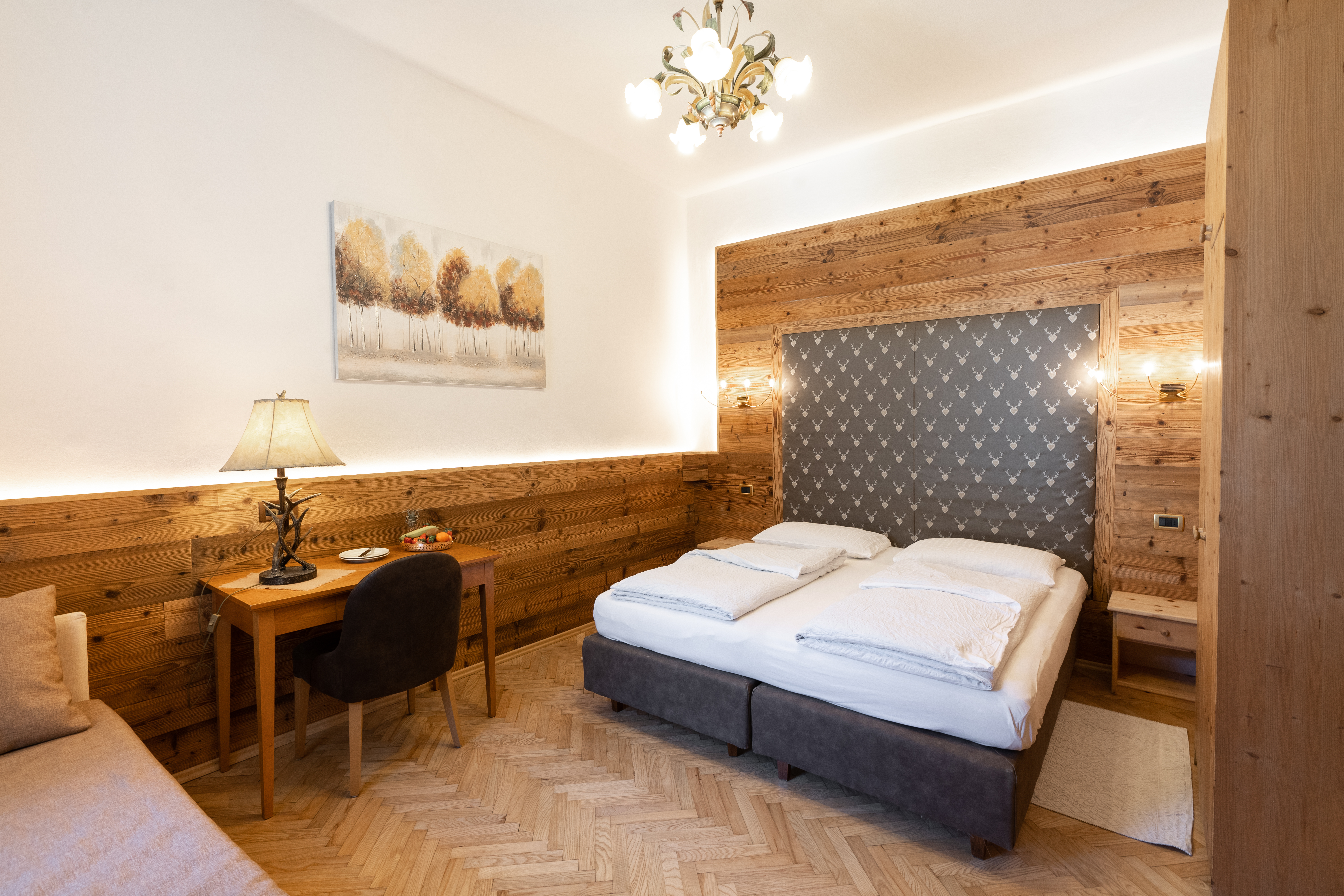Trend inside the PRS to have Peak Are Mostly In keeping with Style into the Skeletal Prominence
Hit this type of caveats in your mind, PRS can be applied to help you ancient communities using current technical improvements with considerably improved aDNA take to brands. These have given exceptional insights to the group and you can evolutionary history regarding one another modern and you can archaic human beings throughout the world (23 ? –25), particularly in Europe, and permit us to track the brand new advancement from variations hidden phenotypes between coloration to diet (26 ? ? –29). In theory, PRS put on ancient communities you can expect to also allow us to build inferences regarding progression from cutting-edge characteristics. Several studies have utilized PRS while making forecasts regarding relative statures out-of ancient populations (29 ? –31) but checked not all the hundred or so some one as a whole and you will did not examine their predictions that have prominence mentioned out of skeletons. Right here, i compare measured skeletal investigation to help you genetic predictions and you can actually have a look at the new hereditary sum to top separate of environment outcomes pretending during the creativity.
PRS and you can Skeletal Proportions.
I amassed blogged aDNA data from a single,071 old folks from Western Eurasia (to the west of 50° E), dated in order to ranging from 38,100000 and 1100 BP (27, 29, 29, thirty two ? ? ? ? ? ? ? ? ? ? ? ? ? ? ? ? ? ? ? ? ? ? ? ? –57). Playing with GWAS summary analytics having top throughout the British Biobank (generated and made available by Neale Research: we calculated level PRS each individual, having fun with an effective P really worth cutoff regarding 10 ?6 , clumping alternatives into the 250-kb windows, and replacing missing genotypes with the suggest across anybody (Methods). We consider it given that PRS(GWAS). On account of concerns about GWAS impression designs being excessive by residual population stratification, we plus calculated a beneficial PRS where we put GWAS P beliefs to choose single-nucleotide polymorphisms (SNPs), however, computed the new PRS having fun with perception systems projected off a within-family attempt out of ?17,100 cousin pairs of Uk Biobank (Methods), and therefore we consider due to the fact PRS(GWAS/Sibs) and you will that should be unchanged by the stratification. I also acquired stature rates from just one,159 people dating to help you anywhere between 33,700 and you can 1100 BP taken from a much bigger dataset from 2,177 people who have prominence and body ratio prices regarding drastically complete skeletons (4, 58). There was restricted overlap during these datasets (twelve individuals), nonetheless they protection the same time frame attacks and you will broadly the same geographic towns (Au moment ou Appendix, Fig. S1), even though the hereditary data contain more people from then eastern (29 so you can 50° E) as compared to skeletal investigation. We split up they for the 5 organizations centered on go out: Early Top Paleolithic (>twenty five,000 BP) (EUP), Later Higher Paleolithic (twenty five,000 so you can 11,000 BP) (LUP), Mesolithic (eleven,100 so you’re able to 5500 BP), Neolithic (8500 to help you 3900 BP), and you can blog post-Neolithic (5000 to 1100 BP, such as the Copper and Bronze ages, and additionally afterwards episodes), resolving some body from the overlapping attacks having fun with either archaeological or hereditary perspective (Methods). This type of groups generally correspond to transitions in both archaeological community and you can hereditary origins (33, 38, 59) (Si Appendix, Fig. S1 C and you may D and you may Desk S1).
Results
Each other PRS and you can skeletal prominence reduced throughout the EUP to Mesolithic periods and you can improved between the Neolithic and you can blog post-Neolithic (Si Appendix, Fig. S2). Installing classification (time period) as the an excellent covariate, we discovered a significant affect PRS(GWAS) (ANOVA P = 1.nine ? 10 ?9 ), PRS(GWAS/Sibs) (P = 0.045), and you may skeletal prominence (P = dos.8 ? ten ?11 ). You will find no evidence of difference between LUP, Mesolithic, and you will Neolithic communities adam4adam (Si Appendix, Fig. S3 A and you will B), therefore we matched this type of step three groups (i make reference to the newest blended classification since LUP-Neolithic). We discover one PRS(GWAS) about LUP-Neolithic months try 0.47 SD lower than on the EUP (P = 0.002), and you may 0.forty SD straight down (P = 8.seven ? 10 ?eleven ) than in the article-Neolithic several months (Fig. 1A). PRS(GWAS/Sib) shows a highly similar trend (Fig. 1B), exhibiting that is not a direct result differential relatedness out of the brand new ancient people to brand new arranged present-time GWAS communities. Skeletal stature shows an excellent qualitatively similar pattern on the hereditary forecasts (Fig. 1C), having a-1.5 SD (nine.6 cm; P = 2.9 ? ten ?eight ) difference between EUP and LUP-Neolithic and you will a great 0.twenty seven SD (step one.8 cm; P = step three.6 ? ten ?5 ) difference in LUP-Neolithic and you can article-Neolithic. Wider habits away from improvement in stature through the years are therefore uniform that have hereditary predictions.

















